Ball pythons are among the most popular reptile pets due to their docile nature, manageable size, and relatively easy care requirements. As reptile enthusiasts expand their collections, many wonder whether these gentle serpents can share habitats with other reptilian species. While the short answer is generally “no,” the complete picture is more nuanced and depends on several important factors. Understanding the natural behaviors, habitat requirements, and potential risks of housing ball pythons with other reptiles is crucial for the health and wellbeing of all animals involved. This comprehensive guide will explore the possibilities, limitations, and best practices for those considering multi-species reptile setups involving ball pythons.
Natural Behavior of Ball Pythons
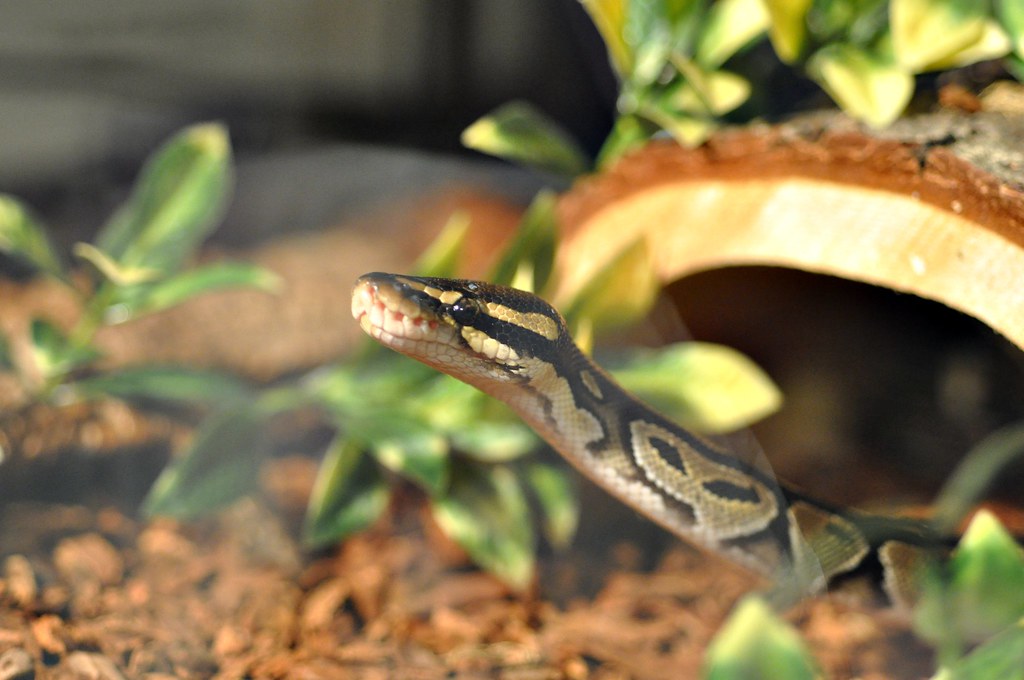
In their native West African habitats, ball pythons (Python regius) are primarily solitary creatures that only come together for breeding purposes. They spend much of their time in termite mounds or abandoned rodent burrows, emerging primarily at night to hunt small mammals and birds. This solitary nature has evolved over millions of years and is deeply ingrained in their behavioral patterns. Ball pythons do not seek companionship or social interaction, even with members of their own species. In fact, forcing socialization can cause significant stress, which may manifest as decreased appetite, increased hiding, aggressive behavior, or compromised immune function. Understanding this fundamental aspect of ball python psychology is essential when considering whether to house them with other reptiles.
The Risks of Cohabitation
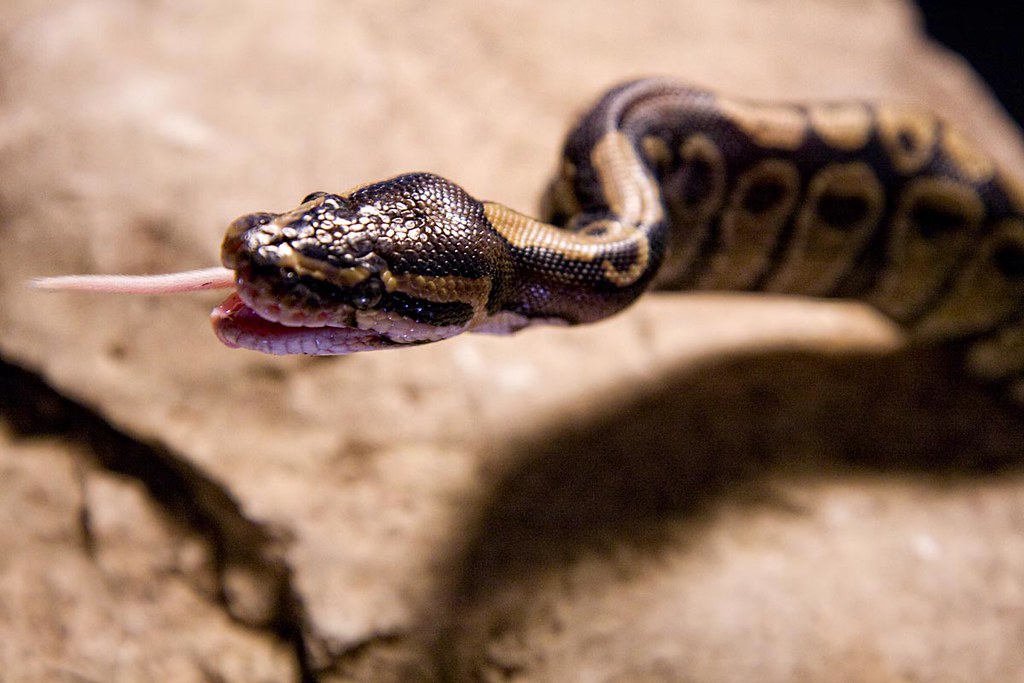
Cohabiting ball pythons with other reptiles presents several serious risks that responsible keepers must consider. The most immediate concern is predation, as ball pythons are carnivores that may view smaller reptiles as potential prey items. Even if a ball python doesn’t immediately consume a tankmate, the stress of sharing space with a natural predator can severely impact the health of smaller reptiles. Disease transmission represents another significant risk, as different reptile species can carry pathogens that may be harmless to them but devastating to others. Territorial disputes can lead to injuries, as many reptiles defend their space through biting, tail whipping, or other aggressive behaviors. Finally, competition for resources such as basking spots, hides, and water sources can lead to chronic stress and malnutrition even if direct conflict doesn’t occur.
Different Environmental Needs
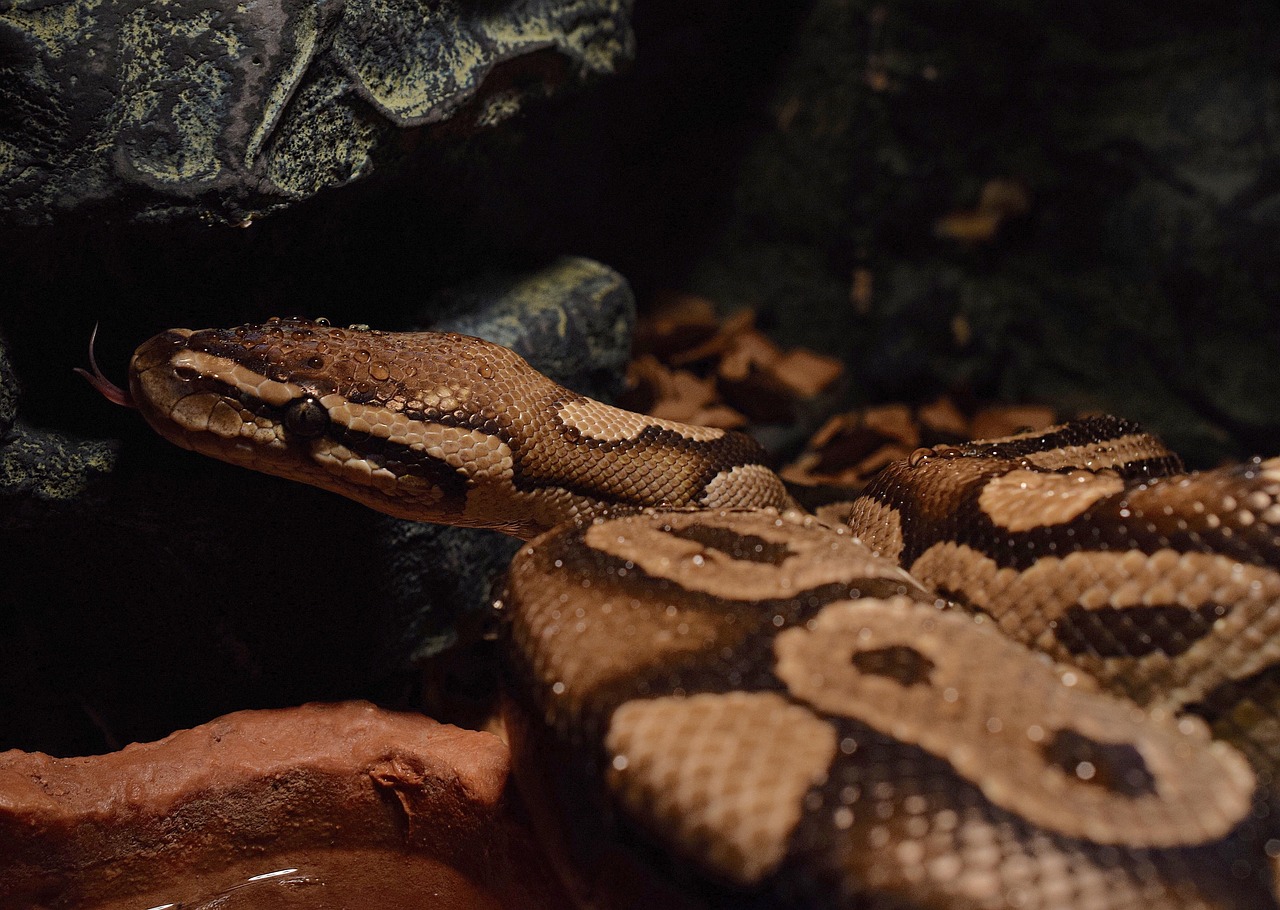
Perhaps the most fundamental obstacle to successful cohabitation is the vastly different environmental requirements of various reptile species. Ball pythons thrive in specific conditions: ambient temperatures around 78-80°F (25-27°C), a warm basking spot of 88-92°F (31-33°C), humidity levels of 50-60% (increasing to 60-70% during shedding periods), and a day/night cycle that mimics their natural habitat. These requirements often conflict with those of other reptiles, such as bearded dragons, which need much higher basking temperatures and significantly lower humidity. Creating a habitat that meets the needs of multiple species usually results in compromised conditions that are optimal for none of the inhabitants. Even small variations from ideal parameters can, over time, lead to health issues such as respiratory infections, incomplete sheds, or stress-related disorders.
Territorial Considerations
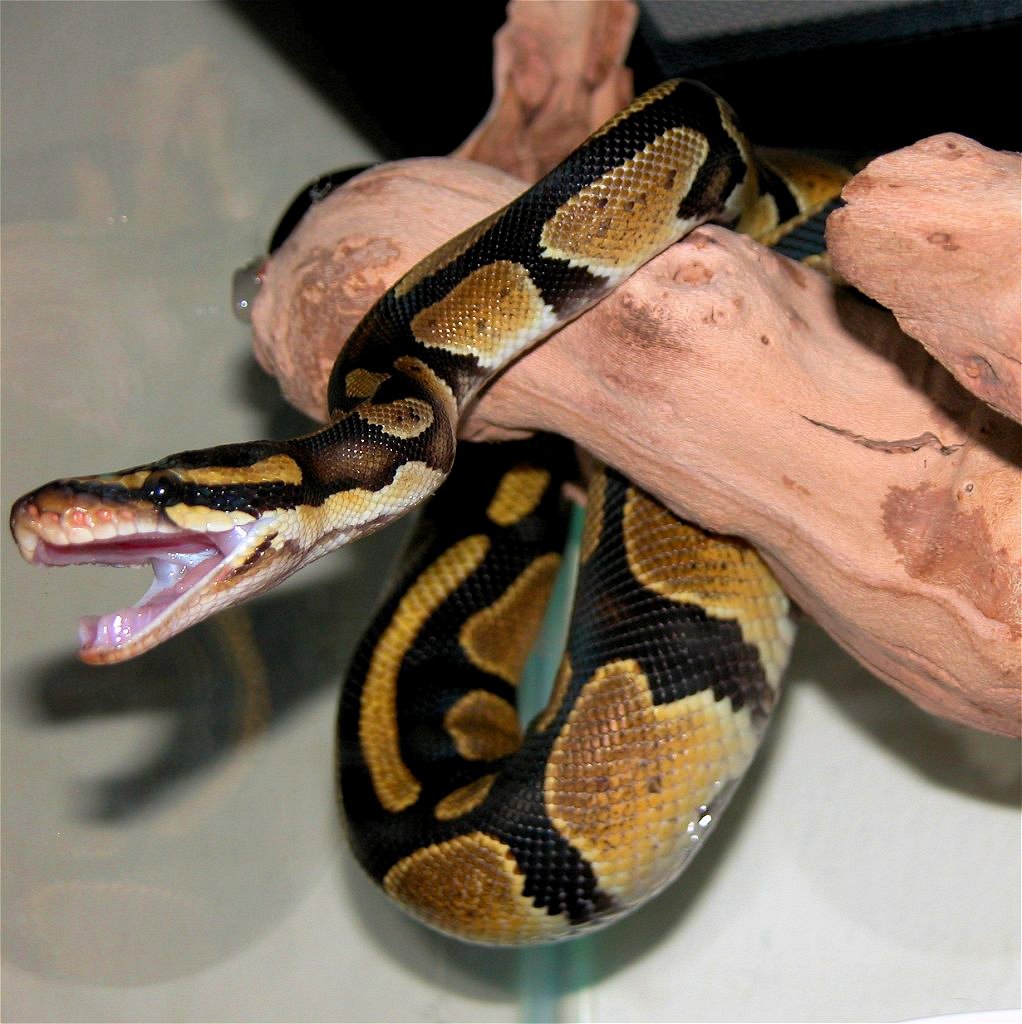
Many reptile species, including ball pythons, exhibit territorial behaviors that make cohabitation challenging. While ball pythons are not among the most aggressive territorial defenders, they do establish preferences for certain areas within their habitat and may become stressed if continually displaced from these zones. Other reptiles, particularly lizards like bearded dragons or monitors, can be significantly more territorial and may display aggressive behaviors toward perceived intruders. These territorial disputes can escalate quickly, resulting in serious injuries, particularly since reptiles have different defensive mechanisms—from the constricting ability of pythons to the sharp claws and bites of many lizard species. Even if physical confrontations don’t occur, the constant psychological pressure of sharing territory can lead to chronic stress and its associated health complications.
Size and Predatory Concerns
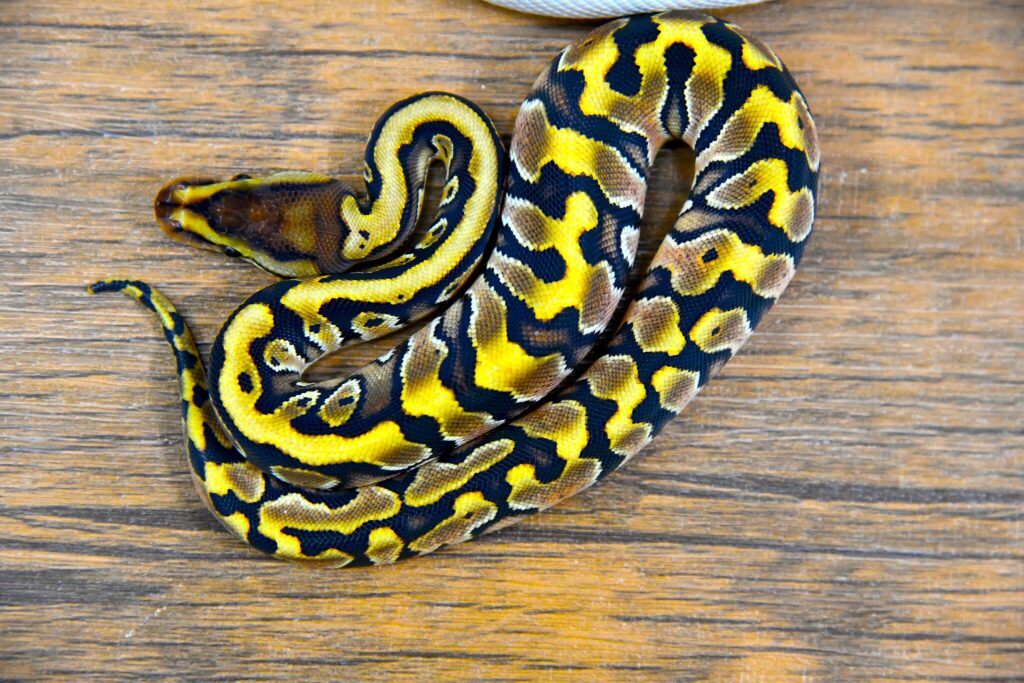
The predator-prey dynamic presents perhaps the most obvious barrier to successful cohabitation. Adult ball pythons typically reach 3-5 feet in length and readily consume appropriately-sized rodents. Any smaller reptile could potentially be viewed as prey, regardless of how well-fed the python might be. This risk applies to smaller lizards, young turtles, and even smaller snake species. The reverse can also be true—larger reptiles such as monitors or large tortoises could potentially injure a ball python. Even when reptiles are of similar size, defensive bites can cause serious wounds that may become infected. The predatory instinct is deeply ingrained and cannot be “trained away” through habituation or handling. No matter how docile a ball python might seem with its human keepers, its natural instincts toward other animals remain intact and unpredictable.
Disease Transmission Risks

Different reptile species can harbor various pathogens that may be transmitted between species when housed together. Parasites such as mites, ticks, and internal parasites can move between reptiles, potentially causing more severe symptoms in species with lower natural resistance. Bacterial infections like salmonellosis can spread through shared water sources or substrate. Respiratory infections, a common concern in captive reptiles, can quickly spread throughout a collection when animals share airspace. Perhaps most concerning is the risk of inclusion body disease (IBD), a fatal viral condition that can affect pythons and boas. New reptiles should always undergo quarantine periods of at least 90 days before introduction to an existing collection, and mixing species significantly increases the risk of pathogen transmission even after quarantine periods.
Competitive Resource Access
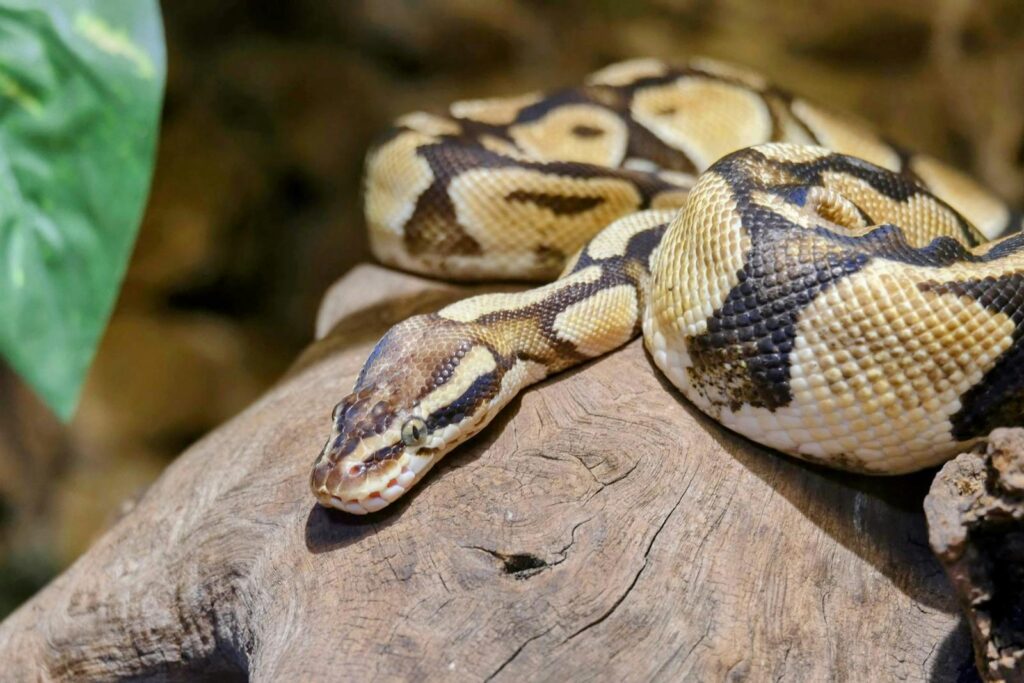
When multiple reptiles share an enclosure, competition for essential resources becomes inevitable. Access to optimal basking spots is particularly contentious, as these areas provide the thermal energy reptiles need for digestion, immune function, and overall metabolism. More dominant or aggressive species typically monopolize these prime locations, leaving others to settle for suboptimal conditions. Hiding spots, crucial for psychological security, become similarly contested resources. Even access to food can become problematic, as feeding times may trigger predatory responses or aggressive competition. Water sources present both a competition point and a potential disease vector. This continuous competition creates chronic stress that can suppress immune function and lead to a cascade of health problems, even if no obvious aggression occurs between the animals.
Exceptions and Specialized Setups
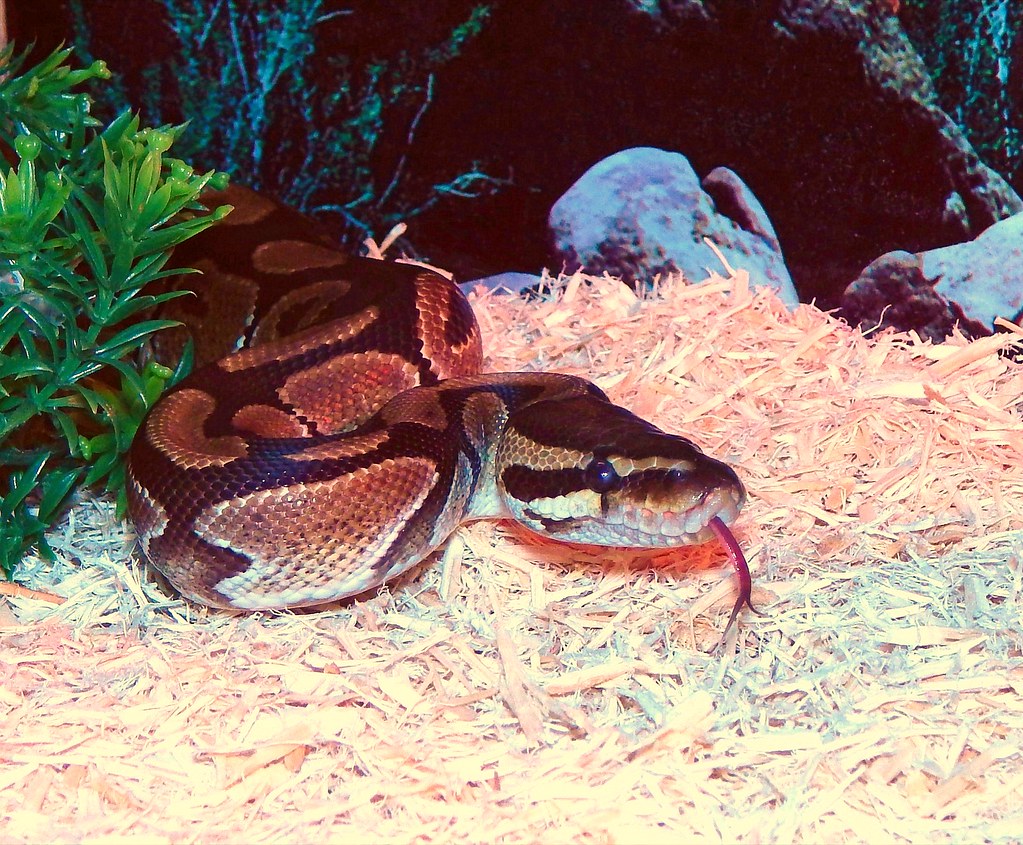
While cohabitation generally isn’t recommended, some experienced keepers have created specialized setups that mitigate certain risks. Extremely large, naturalistic vivariums measuring hundreds of gallons with multiple microhabitats can occasionally support certain species combinations, though such setups are expensive, complex, and still carry inherent risks. Some keepers have successfully housed ball pythons with certain large tortoise species, as their significantly different habitat preferences and behavioral patterns minimize interaction. Bio-active enclosures with extensive plantings, multiple layers, and carefully engineered temperature gradients can sometimes support limited multi-species setups. However, these exceptions require extensive knowledge, constant monitoring, and the ability to separate animals immediately if any issues arise. For most hobbyists, the potential benefits of cohabitation are far outweighed by the substantial risks.
Temporary Cohabitation Scenarios
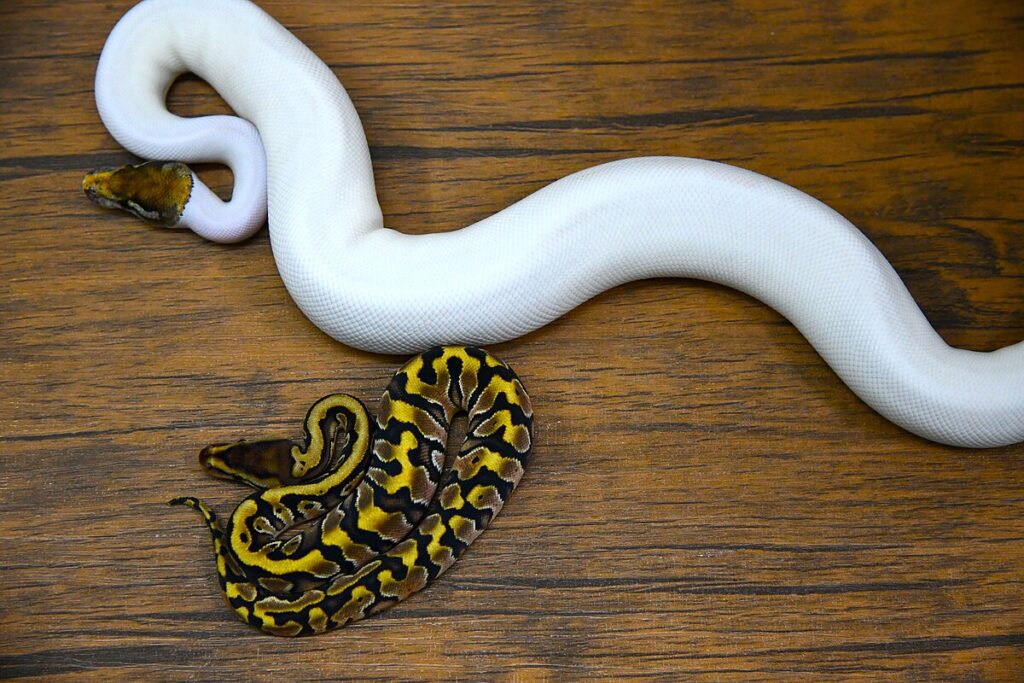
Certain temporary situations may necessitate brief periods of cohabitation, though these should be approached with extreme caution. Breeding programs sometimes require temporary housing of compatible males and females, though this applies only to same-species pairings and should be closely monitored to prevent aggression, particularly after mating has occurred. Emergency situations such as power outages might require consolidated housing to maintain appropriate temperatures, though physical barriers should still separate different species. Transportation to veterinary appointments or during relocation might involve temporary proximity, though separate containers remain preferable. While these situations may be unavoidable, they should be kept as brief as possible with animals returning to their individual enclosures at the earliest opportunity. These temporary arrangements are exceptions to the general rule and should not be used to justify permanent cohabitation.
Alternative Housing Solutions
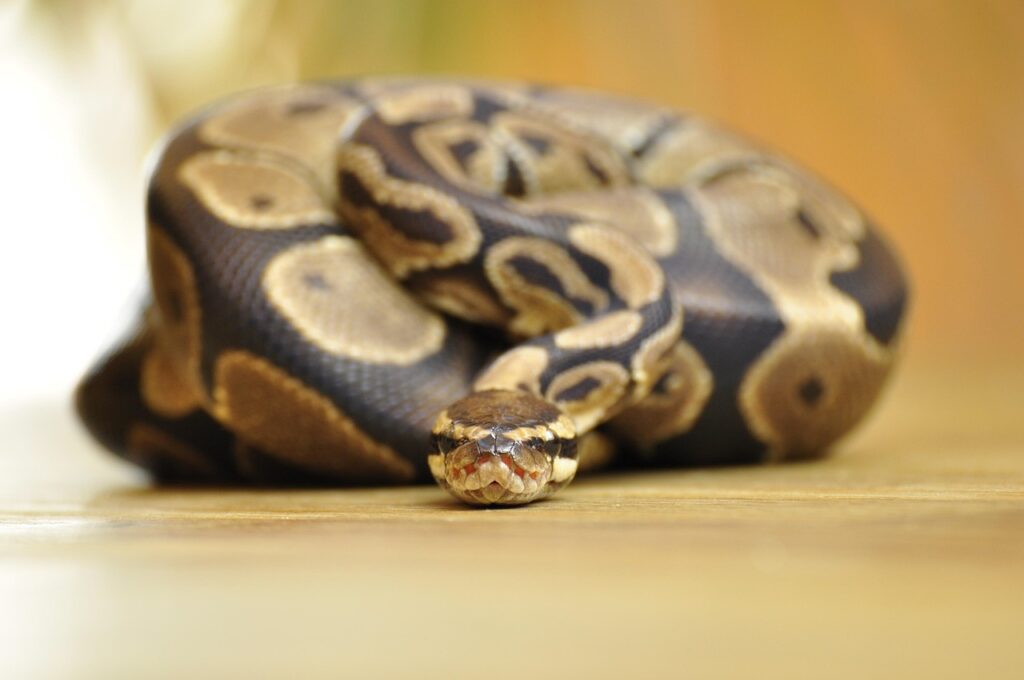
Rather than attempting cohabitation, reptile enthusiasts have developed several alternative approaches that satisfy the desire for diverse collections while maintaining animal welfare. Stackable enclosure systems allow keepers to house multiple species in the same area while keeping them physically separated. Divided terrariums with solid, escape-proof barriers can create adjacent but separate living spaces, though careful attention must be paid to ensuring proper heating and lighting in each section. Display walls featuring multiple individual enclosures can create an impressive visual impact while keeping each animal in its optimal environment. For those with limited space, focusing on a single species and exploring the diversity within that species—different morphs, locales, or related subspecies—can provide variety without the risks of cross-species housing. These solutions offer the aesthetic and educational benefits of a diverse collection without compromising animal welfare.
Professional Recommendations
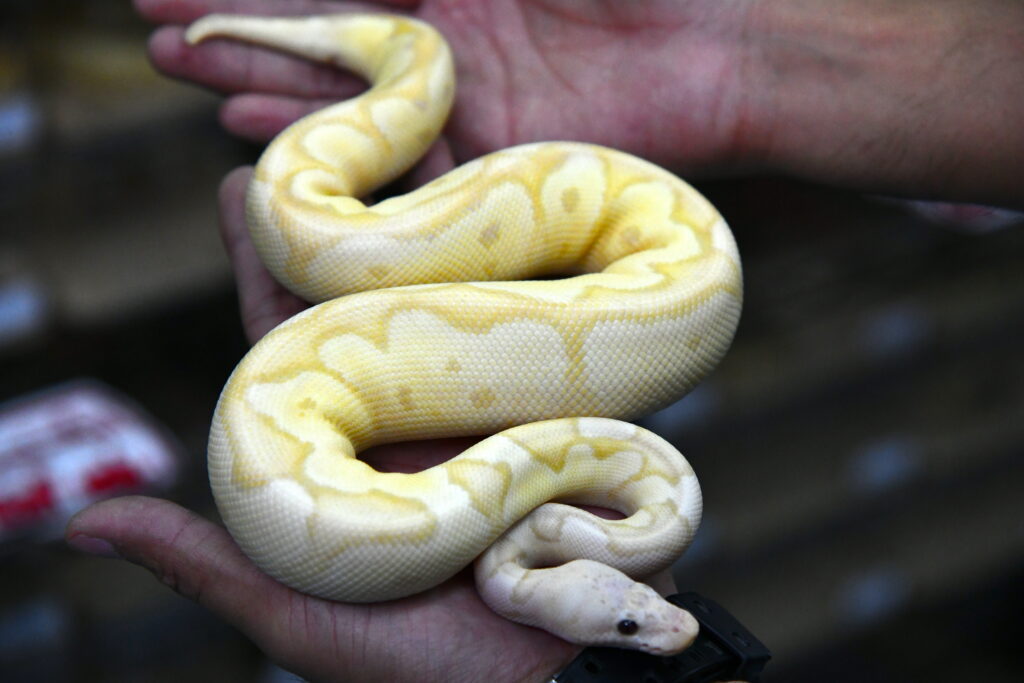
The overwhelming consensus among herpetologists, veterinarians, and experienced keepers is that ball pythons should not be housed with other reptile species. The Association of Reptile and Amphibian Veterinarians (ARAV) advises against cohabitation due to the increased risk of disease transmission and stress-related health issues. The Reptile Database, an authoritative source on reptile biology, notes that ball pythons have evolved as solitary animals with no biological need for companionship. Professional breeders and collections virtually always maintain individual housing for ball pythons, even when dealing with hundreds of animals. Zoological institutions, which often have the most advanced habitats and expert care staff, typically house ball pythons individually or only with same-species individuals during breeding seasons. These professional standards reflect decades of accumulated knowledge about optimal reptile husbandry.
Signs of Cohabitation Stress

If cohabitation is attempted despite the risks, keepers must remain vigilant for signs of stress that indicate the arrangement is failing. Decreased appetite or complete refusal to feed are primary indicators of stress in ball pythons and most other reptiles. Excessive hiding or unusual activity patterns, such as increased daytime activity in normally nocturnal species, suggest the animal feels insecure in its environment. Weight loss, despite appropriate feeding, indicates chronic stress affecting metabolism. Physical injuries, even minor ones, should prompt immediate separation. Aggressive displays such as hissing, striking, or defensive posturing are clear signs the animals are not compatible. Changes in coloration, particularly darkening, can indicate stress in many reptile species. Abnormal shedding patterns, particularly incomplete sheds, often reflect stress-related health issues. At the first sign of any of these symptoms, animals should be separated immediately.
Ethical Considerations
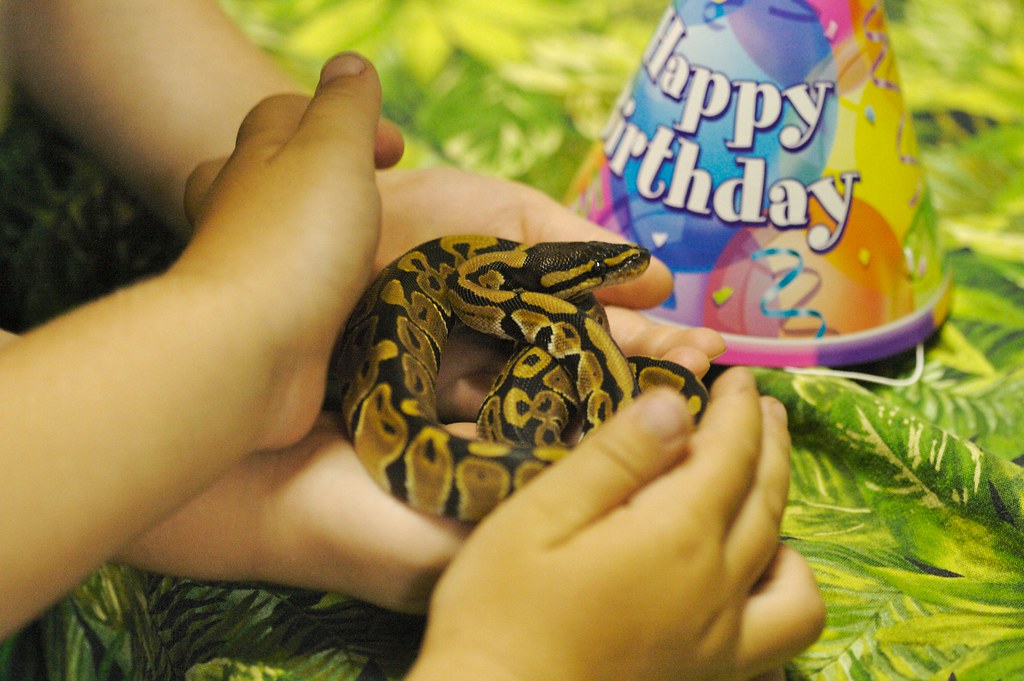
Beyond the practical aspects of cohabitation, ethical considerations should inform housing decisions for captive reptiles. As keepers, we have a moral obligation to provide environments that meet both the physical and psychological needs of the animals in our care. Cohabitation often represents a compromise driven by human preferences—aesthetic appeal, space limitations, or cost considerations—rather than the animals’ welfare. Many reptile species, including ball pythons, have complex cognitive abilities and can experience stress, fear, and discomfort. The ethical principle of “do no harm” suggests that when substantial risks exist with minimal potential benefit to the animal, the responsible choice is to avoid such arrangements. Creating separate, species-appropriate habitats demonstrates a commitment to prioritizing animal welfare over convenience or visual appeal. As our understanding of reptile cognition and welfare evolves, husbandry practices should reflect this growing knowledge.
Conclusion and Best Practices
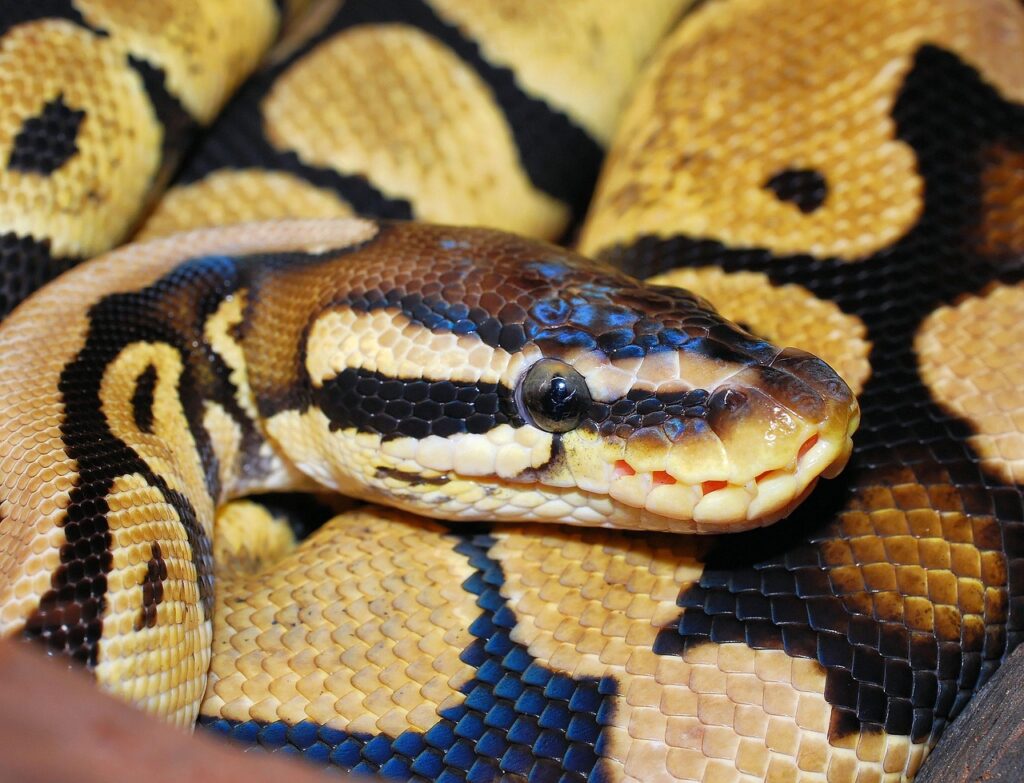
In summary, ball pythons should generally not cohabitate with other reptile species due to significant risks including predation, stress, territorial conflicts, disease transmission, and incompatible environmental needs. While rare exceptions exist in extremely specialized setups created by experienced keepers, the average reptile enthusiast should maintain separate enclosures for each species. If expanding a collection, ensure proper research is conducted on each species’ specific requirements, and invest in appropriate individual housing before acquiring new animals. For those determined to create multi-species displays, consider naturalistic adjacent enclosures that create a visually cohesive collection while maintaining physical separation. When in doubt, consult with veterinarians specializing in exotic animals and experienced keepers through reputable forums and societies. By prioritizing the biological needs of our reptile companions over aesthetic preferences, we ensure their health, longevity, and welfare in captivity.

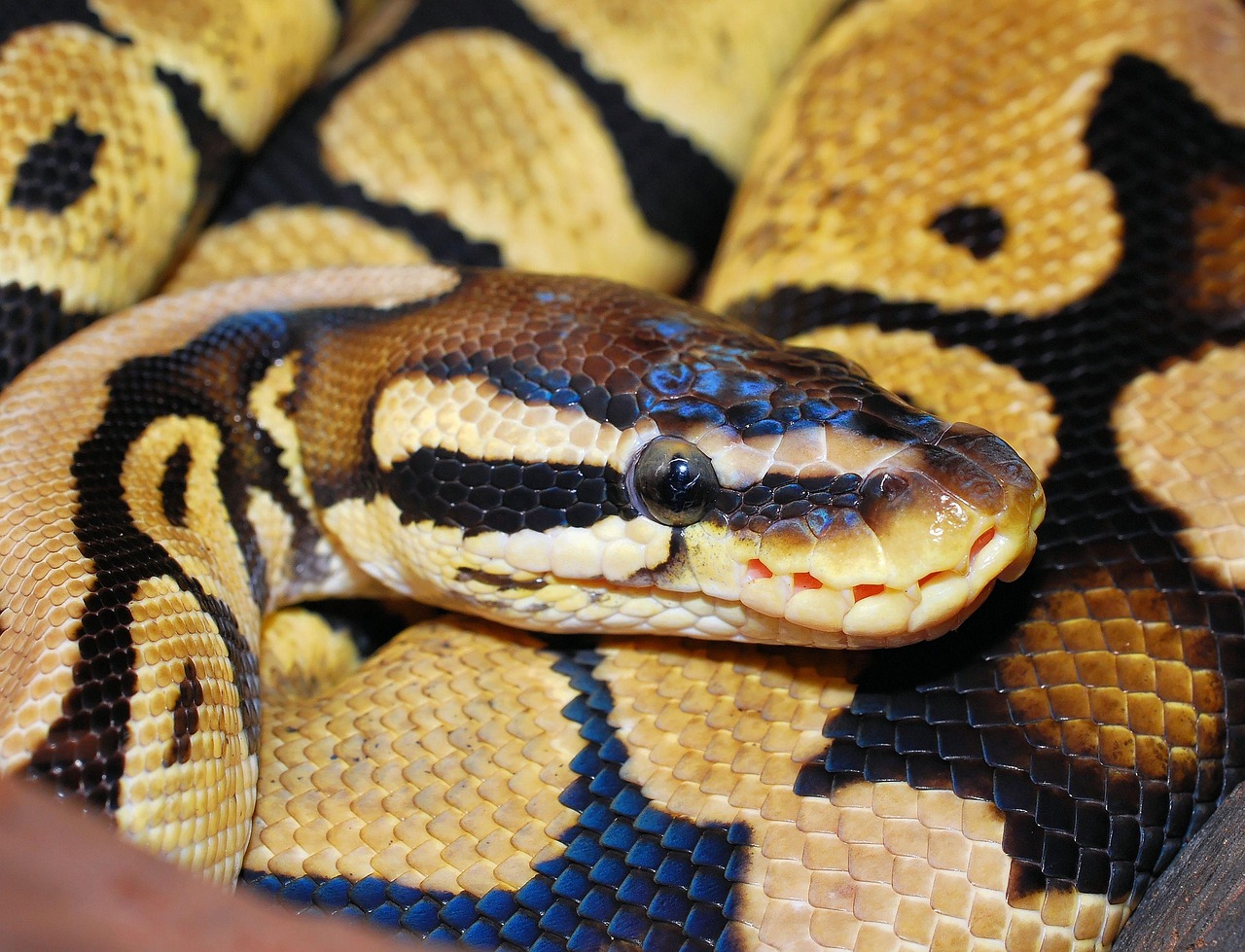

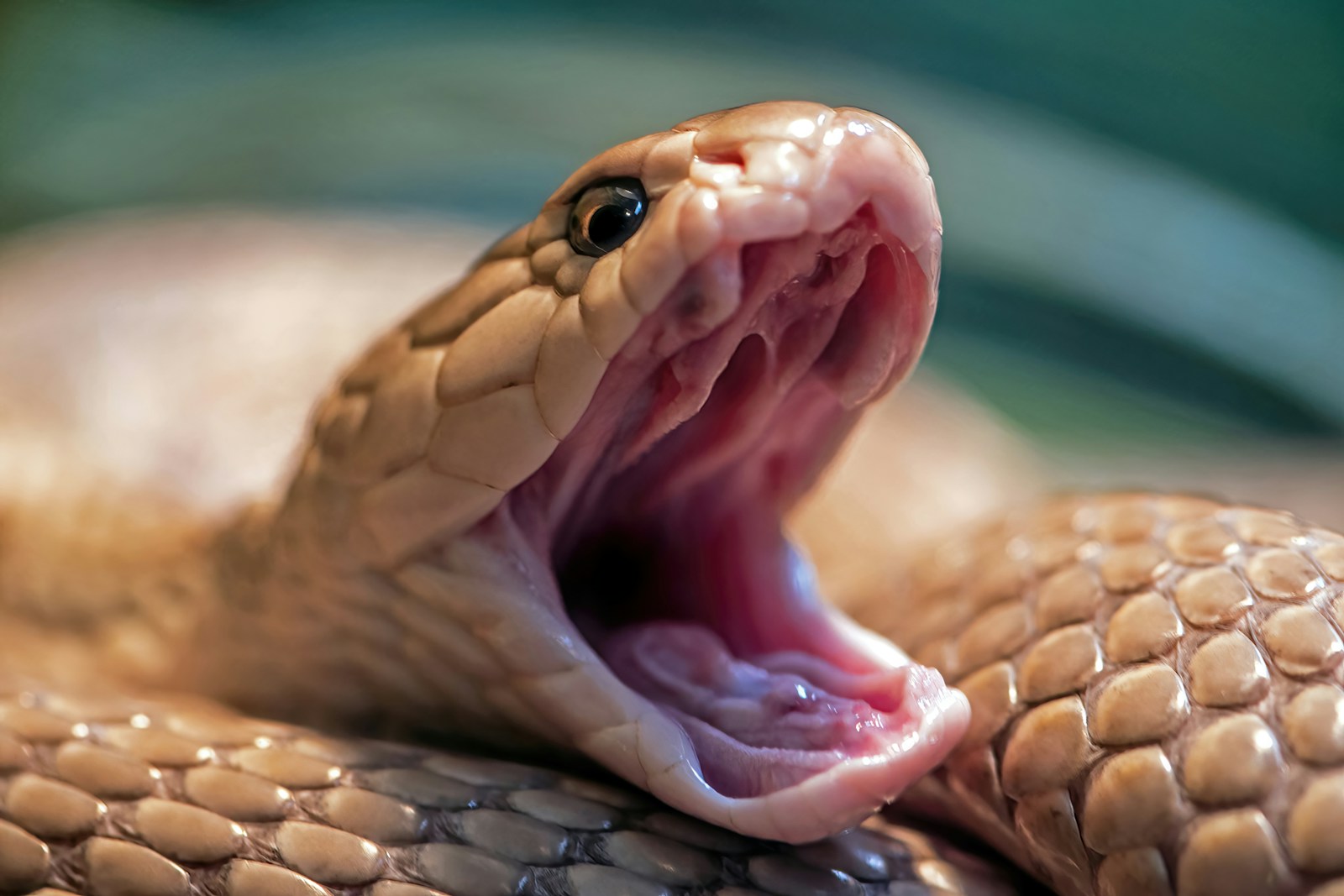
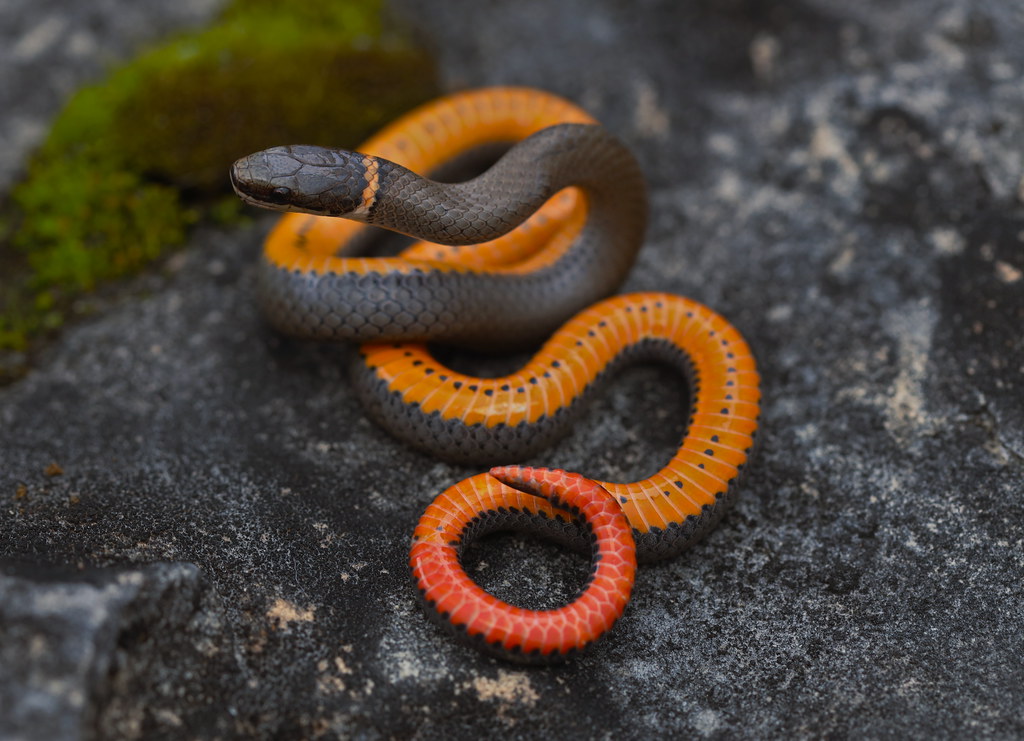

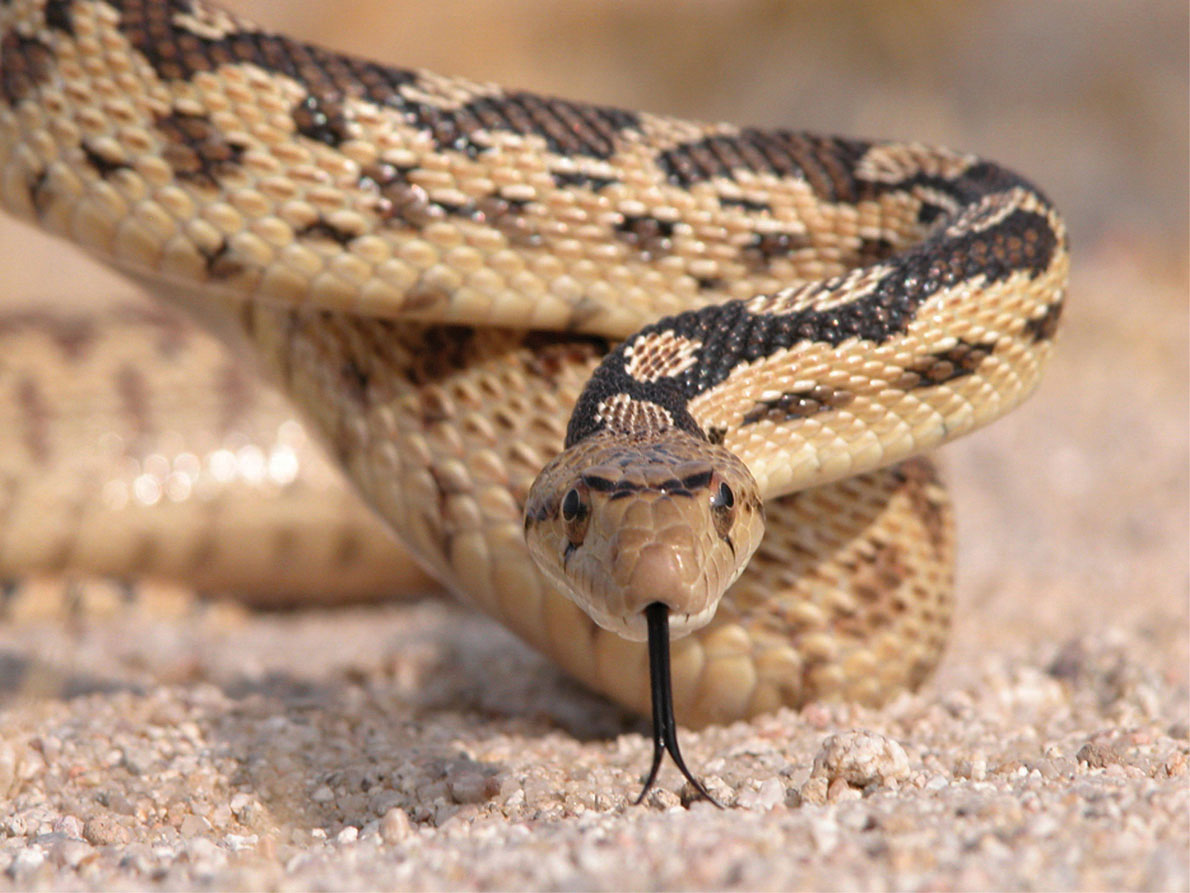




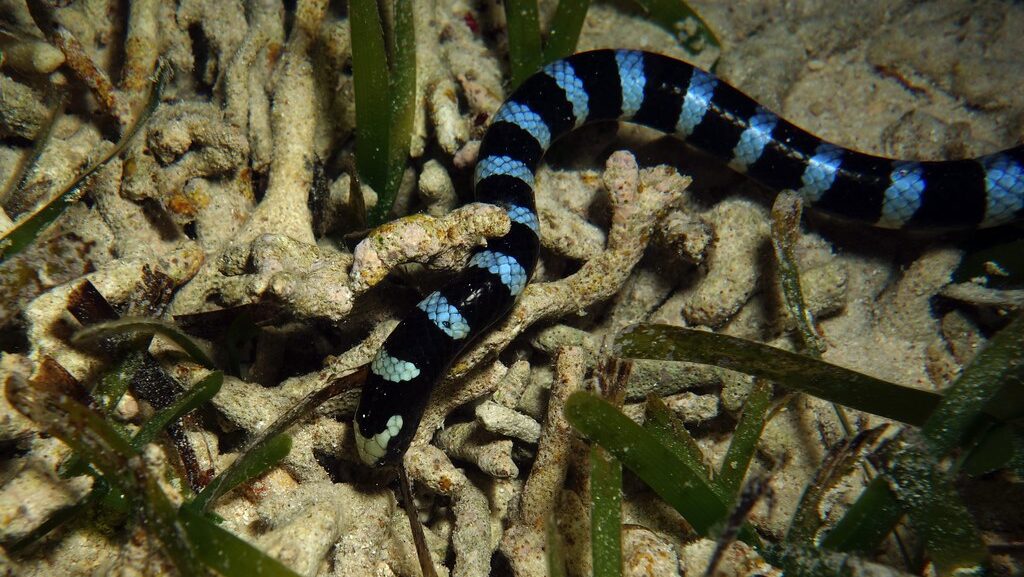



Leave a Reply